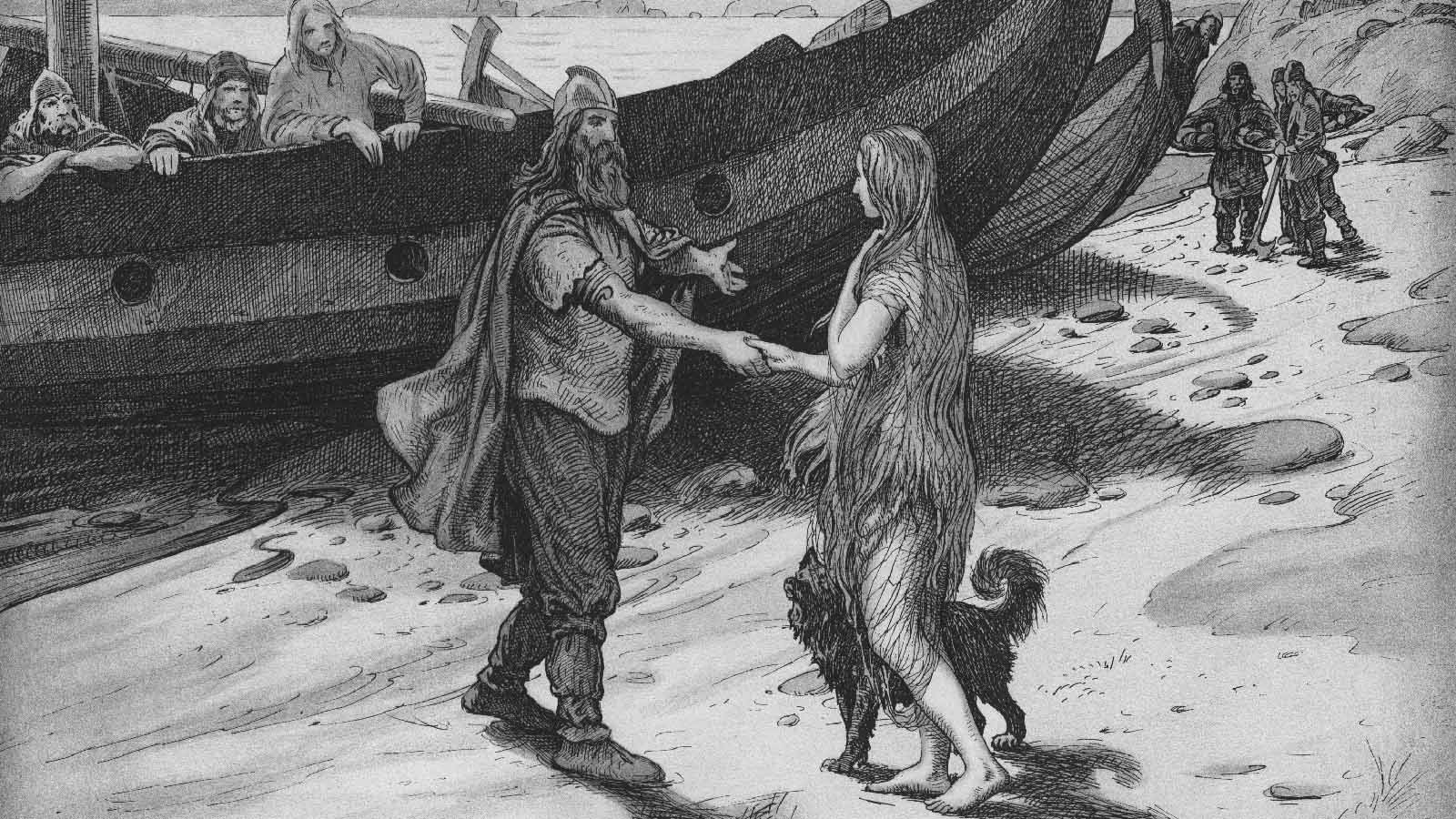The Roman Empire, a name synonymous with power, grandeur, and military might, once dominated vast swathes of Europe, North Africa, and the Middle East. However, the empire that seemed destined for eternity experienced a slow and agonizing decline, eventually collapsing under the weight of its internal struggles and external pressures. This article delves into the timeline of the Roman Empire’s fall, exploring the key events and contributing factors that led to its demise.
Timeline of the Fall of the Roman Empire
The fall of the Roman Empire was not a singular event but rather a gradual process spanning centuries. It was a complex interplay of military defeats, economic turmoil, and internal strife that ultimately brought about the empire’s downfall. Let’s examine some of the pivotal moments in this protracted decline:
395 CE: In a desperate attempt to stabilize the faltering empire, Emperor Theodosius I divided the Roman Empire into two halves: the Western Roman Empire and the Eastern Roman Empire. This division, meant to streamline administration and improve governance, ultimately exacerbated existing tensions and weakened the empire’s defenses.
407 CE: Germanic tribes, driven by a combination of pressure from the Huns and a desire for fertile lands, crossed the Rhine River and overran Gaul (modern-day France). This marked a significant turning point, as the empire proved increasingly incapable of repelling barbarian incursions.
410 CE: The Visigoths, under the leadership of Alaric I, sacked the city of Rome. This event sent shockwaves throughout the empire and beyond, exposing the vulnerability of the once-impregnable capital. The sack of Rome, a symbolic blow to Roman prestige and power, is often cited as a defining moment in the empire’s decline.
455 CE: Adding to the empire’s woes, the Vandals, another Germanic tribe, captured and sacked Rome. This second sacking within a century further underscored the Western Roman Empire’s inability to protect its heartland from barbarian incursions.
476 CE: The final act in the drama of the Western Roman Empire unfolded when Odoacer, a Germanic general, deposed Romulus Augustulus, the last Roman emperor in the west. This event is traditionally regarded as marking the end of the Western Roman Empire.
However, the story doesn’t end there. The Eastern Roman Empire, centered in Constantinople (modern-day Istanbul), managed to withstand the storms that engulfed its western counterpart. Known as the Byzantine Empire, it preserved many aspects of Roman culture, law, and traditions for another thousand years until its eventual conquest by the Ottoman Turks in 1453 CE.
What Were the Major Events in the Timeline of the Fall of the Roman Empire?
To fully comprehend the fall of the Roman Empire, it’s crucial to examine the major events that unfolded across centuries:
Trouble Brewing: The 3rd Century Crisis (235-284 AD)
The seeds of Rome’s decline were sown long before the fall of the Western Empire. The 3rd century witnessed a period of profound instability known as the Crisis of the Third Century. During this tumultuous era, the empire grappled with a combination of economic woes, political turmoil, and relentless barbarian pressure. This period of crisis significantly weakened the empire, setting the stage for its eventual collapse.
A House Divided: The Division of the Empire (395 AD)
In 395 AD, Emperor Theodosius I formally divided the Roman Empire into two halves: the Western Roman Empire and the Eastern Roman Empire. This division, intended to improve governance and stability, ultimately exacerbated existing problems. The Western Roman Empire, plagued by economic woes and military weakness, found itself increasingly vulnerable to barbarian incursions.
The Sack of Rome: A City Under Siege (410 AD & 455 AD)
The sack of Rome by the Visigoths in 410 AD and again by the Vandals in 455 AD were watershed moments in the fall of the Roman Empire. These events shattered the aura of invincibility that had once surrounded Rome and demonstrated the empire’s declining military power.
The Final Blow: The Fall of the West (476 AD)
The year 476 AD marked the symbolic end of the Western Roman Empire when Odoacer, a Germanic general, deposed Romulus Augustulus, the last Roman emperor in the west. While life continued for many Romans under Germanic rule, this event signified the collapse of centralized Roman authority in the west.
How Long Did It Take for the Roman Empire to Fall?
The fall of the Roman Empire was a gradual process that unfolded over centuries. While the Western Roman Empire is traditionally considered to have fallen in 476 AD, the seeds of its decline were sown much earlier. The process of decline and disintegration began around the 3rd century AD and accelerated in the 4th and 5th centuries.
The Eastern Roman Empire, also known as the Byzantine Empire, survived for another thousand years after the fall of the west, eventually succumbing to the Ottoman Turks in 1453 AD. This demonstrates the complex and multifaceted nature of the Roman Empire’s fall, highlighting the resilience of its eastern half.
What Factors Contributed to the Fall of the Roman Empire?
The fall of the Roman Empire was a complex process with multiple contributing factors. Historians continue to debate the relative importance of these factors, but some of the most significant include:
Political Instability and Corruption
The Roman Empire in its later centuries was plagued by widespread political corruption, weak leadership, and frequent civil wars. Succession crises and power struggles became commonplace, undermining the stability of the empire and eroding public trust in the government.
Economic Decline
The Roman Empire faced severe economic challenges in its later centuries. Constant warfare and expansion put a strain on the empire’s finances, while high taxes and inflation stifled economic growth. The overreliance on slave labor also discouraged technological innovation and economic diversification.
Military Overstretch and Barbarian Invasions
The Roman army, once the most formidable fighting force in the world, was gradually weakened by centuries of constant warfare. Barbarian invasions, particularly by Germanic tribes, placed immense pressure on the empire’s borders. As the army struggled to contain these incursions, it became increasingly reliant on foreign mercenaries, which further strained the empire’s resources and loyalty.
Internal Divisions and Decline in Social Cohesion
The Roman Empire was increasingly divided along social and economic lines. A widening gap between the rich and the poor, coupled with the rise of Christianity, which challenged traditional Roman values, contributed to a decline in social cohesion and civic engagement.
Conclusion
The fall of the Roman Empire was not a sudden event but a gradual process of decline brought about by a confluence of factors. Political instability, economic turmoil, military weakness, and external pressures all played a part in weakening this once-mighty empire. The fall of Rome serves as a cautionary tale about the impermanence of even the most powerful empires and the importance of adapting to changing circumstances.
Keen to know about the significant developments in Europe after the Roman Empire collapsed? Discover the changes that reshaped the continent: Europe after the fall of the Roman empire.
- Unveiling the Enigma: Mansoureh Khojasteh Bagherzadeh’s Public Appearances & Private Life in Iran - July 18, 2025
- Unveiling the Mystery: Mansoureh Khojasteh Bagherzadeh’s Husband: A Rare Glimpse into a Private Life - July 18, 2025
- Unveiling Masoud Khamenei’s Mother: Power, Influence, and Iran’s Future - July 18, 2025

















Comments are closed.